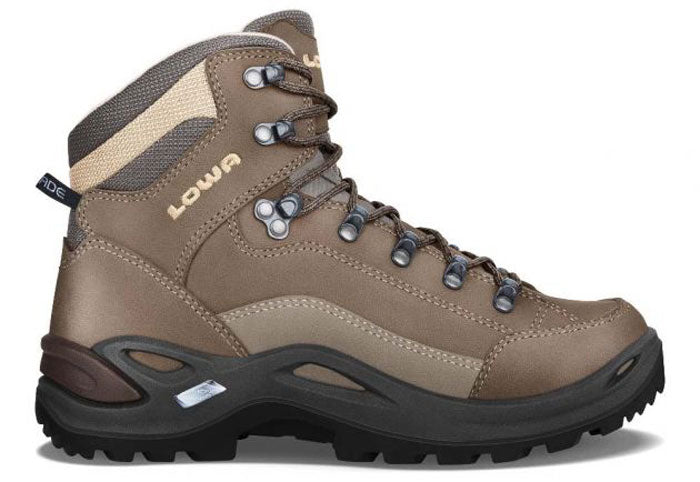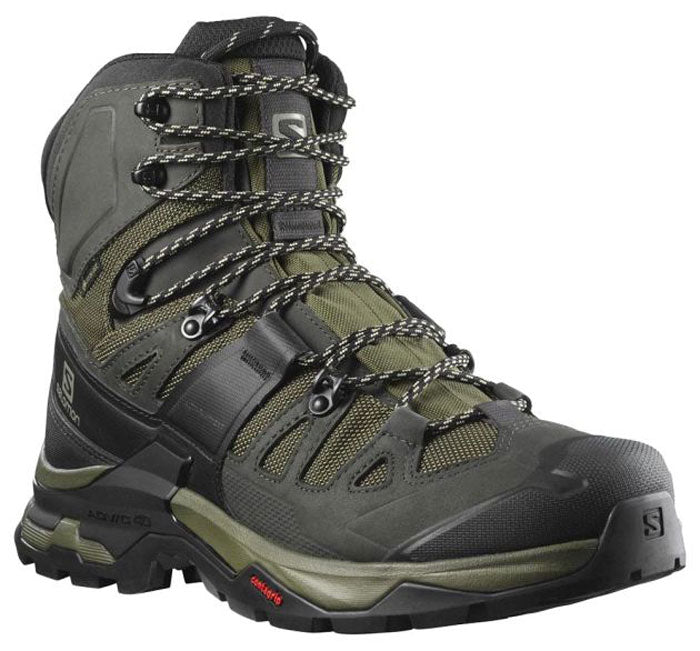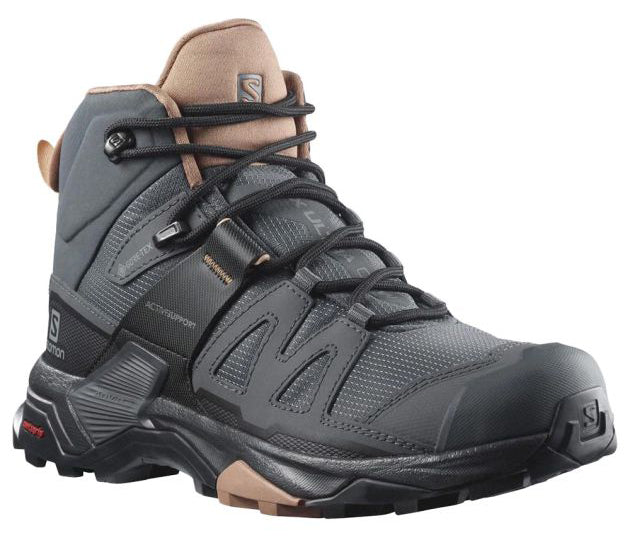
How to Choose the Right Hiking Boots
Introduction: Hiking is a relaxing outdoor activity that allows you to fully immerse yourself in nature. One crucial element to a solid hiking kit is a reliable pair of hiking boots. With tons of options to choose from, finding the right pair can be overwhelming. This article will provide you with a comprehensive guide on how to buy hiking boots, considering factors such as fit, materials, features, and durability.

SHOP HIKING BOOTS
1. Determine Your Hiking Needs: Before purchasing hiking boots, it's important to consider the type of hikes you'll be going on. Different terrains and climates require specific features. Are you planning day hikes on well-maintained trails or multi-day backpacking trips over rugged/variable terrain? Assessing your needs will help you select boots that match the demands of your hiking activities.
2. Boot Types: Hiking boots are generally classified into three categories: hiking shoes, mid-cut boots, and high-cut boots. Hiking shoes are lightweight and suitable for day hikes on easy trails. Mid-cut boots provide ankle support and are ideal for moderate terrain, while high-cut boots offer maximum ankle stability for challenging and rocky terrain. Choose the boot type that aligns with your hiking requirements.
3. Fit and Sizing: Proper fit should be your number 1 priority when it comes to hiking boots. Ill-fitting boots can lead to discomfort, blisters, and injuries. Visit Next Adventure and get your feet measured by our trained staff. Pay attention to the width, arch support, and toe box room. Remember to try on boots with hiking socks to ensure an accurate fit.
4. Material and Construction: Hiking boots are typically made from leather, synthetic materials, or a combination of both. Leather boots are very durable but require more break-in time. Synthetic boots are lighter, more breathable, and often less expensive. Consider the climate and conditions you'll be hiking in to determine the most suitable material.
5. Traction and Outsole: The outsole of hiking boots is responsible for providing traction and stability on various surfaces. Look for boots with the appropriate tread pattern and a durable rubber outsole. Vibram is a renowned brand known for its high-quality outsoles. The grip and traction offered by your boots will greatly impact your hiking experience, especially on slippery or uneven terrain.
6. Waterproofing and Breathability: Depending on your hiking environment, you may want to prioritize waterproofing and breathability features. Waterproof boots with a breathable membrane like Gore-Tex (often abbreviated to GTX) can keep your feet dry in wet conditions, but they may be less breathable in warmer climates. For PNW hiking we often recommend considering boots with a membrane. Consider the weather conditions you'll encounter most frequently and select boots accordingly.
7. Test for Comfort and Flexibility: Once you've found a pair of boots that meet your criteria, be sure to try them on and walk around the store and test them for comfort and flexibility. Pay attention to any pressure points or discomfort. Be aware of any heel slippage or any hot spots that could lead to blistering. Walk up and down inclines, simulate hiking movements, and evaluate how the boots perform. Remember, comfort is key for long hikes.
8. Durability and Longevity: Hiking boots are an investment and should last for 500 – 1,000 miles. Look for boots with solid construction, reinforced toe caps, and quality stitching. Read customer reviews and consider reputable brands known for their durability.
Conclusion: Choosing the right pair of hiking boots is a vital step in ensuring an enjoyable and safe hiking experience. By considering factors such as fit, materials, features, and durability, you can make an informed decision. Remember to prioritize comfort, assess your hiking needs, and test the boots before making a purchase. With the perfect pair of hiking boots, you'll be ready to hit the trails with confidence and embark on exciting outdoor adventures.






